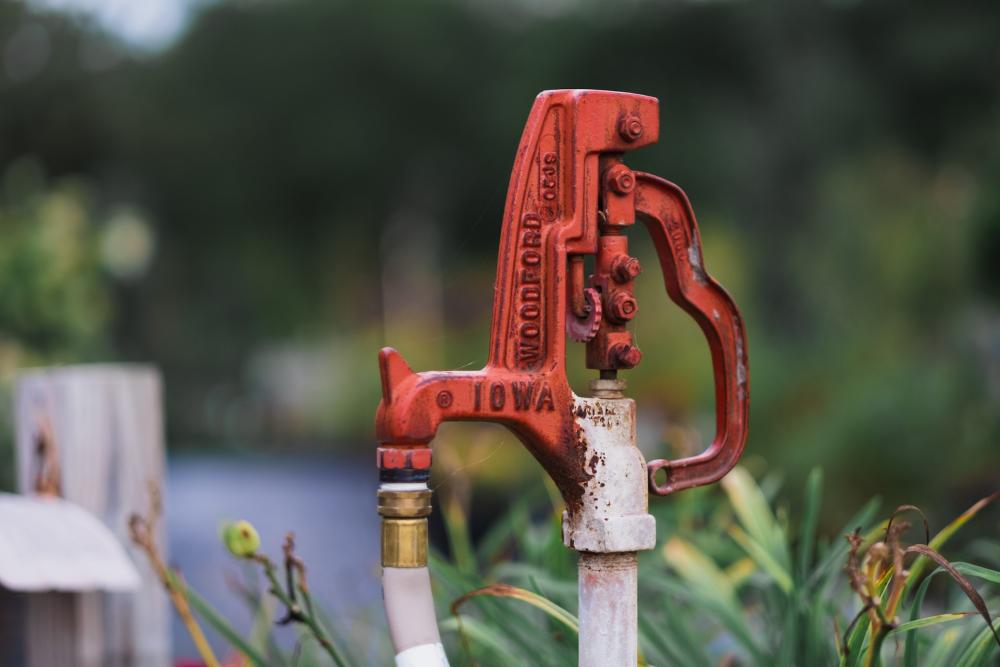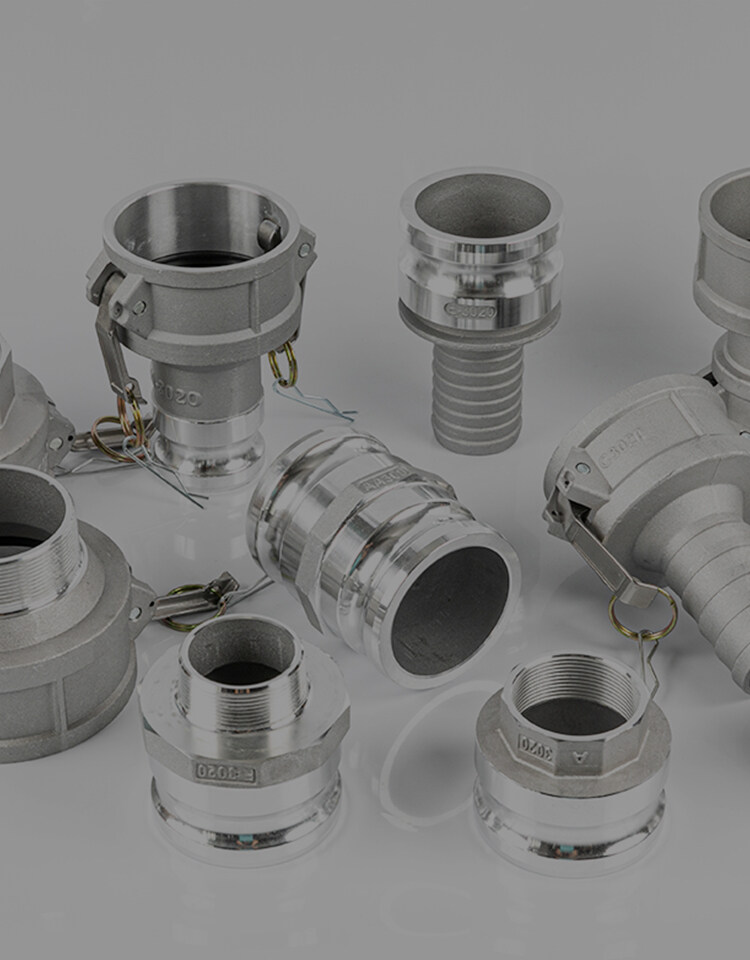Ошибка формата электронной почты
emailCannotEmpty
emailDoesExist
pwdLetterLimtTip
inconsistentPwd
pwdLetterLimtTip
inconsistentPwd

Новости
Здесь вы можете описать кусок текста, который хотите выразить

Enhancing Your Garden’s Versatility with Flexible Garden Hose Brass Fittings
For gardening enthusiasts and professionals alike, the choice of hose fittings is as crucial as selecting the right seeds for planting. Flexible garden hose brass fittings stand out as the gardener’s ally, offering a blend of durability, ease of use, and a secure connection that can withstand the elements. In this comprehensive guide, we’ll explore the world of flexible garden hose brass fittings, their types, installation, maintenance, and the latest innovations that make gardening not just a chore, but a delight.
The Basics of Flexible Garden Hose Brass Fittings
Brass fittings are the gold standard when it comes to securing your garden hose connections. Known for their strength and resistance to rust and corrosion, these fittings ensure that your garden watering system remains leak-free and functional year after year. Whether you’re connecting hoses, attaching sprinklers, or setting up a drip irrigation system, brass fittings provide a reliable solution that stands the test of time.
Types of Brass Fittings for Your Garden Hose
Brass fittings are a popular choice for garden hoses due to their durability and resistance to corrosion. When selecting brass fittings for your garden hose, it’s important to understand the different types available and their specific uses. Here are some common types of brass fittings that you might consider for your garden watering system:
Hose Connectors: These are used to connect two pieces of hose together or to connect a hose to a tap. Hose connectors come in various sizes to match your hose diameter and can include male or female threads depending on the connection required.
Hose Menders: If your hose gets a cut or a leak, a hose mender can be used to join the two pieces back together. This fitting is a cost-effective way to extend the life of your hose without needing to replace the entire length.
Hose Elbows: These fittings are used to change the direction of your hose, which can be particularly useful in tight spaces or to prevent kinking. A hose elbow can help maintain water flow and reduce stress on the hose.
Shut-Off Valves: A shut-off valve allows you to stop the flow of water at the hose end instead of walking back to the tap. This is convenient for quickly changing attachments or stopping water flow without disrupting the entire system.
Quick-Disconnect Fittings: These fittings allow you to easily connect and disconnect hose attachments without twisting or turning. They are ideal for gardeners who frequently switch between sprinklers, nozzles, or other watering tools.
Nozzles and Sprayers: Brass nozzles can be attached to the end of your hose to control the spray pattern and intensity. From gentle mists for delicate plants to strong jets for cleaning, adjustable nozzles offer versatility in your watering routine.
Tap Adapters: These are used to connect your hose to different types of taps, including those with non-standard sizes or thread patterns. Tap adapters ensure a secure and leak-free connection between your hose and water source.
Y Connectors: A Y connector, or wye fitting, allows you to split your hose into two outlets. This is useful for running two hoses from the same tap, enabling you to water different areas of your garden simultaneously.
Repair Couplers: Similar to hose menders, repair couplers are used to join two sections of hose together. They are typically more robust and may include additional features like built-in shut-off valves.
Swivel Connectors: These fittings allow the hose to rotate freely, preventing it from twisting and kinking. Swivel connectors are particularly useful for hoses that are frequently moved or repositioned.
Male Female Thread Adapters Fittings: These adapters are essential when you need to convert the gender of a connection from male to female or vice versa. They are handy for ensuring compatibility between different hose attachments and accessories.
Cam and Groove Adapter: Also known as camlock fittings, these are used for quick and secure hose connections. They are especially useful for larger diameter hoses and are commonly used in industrial applications.
Press Fit Adapter: These fittings use a push-fit mechanism that allows for easy attachment without the need for clamps or tools. They provide a secure and watertight seal, making them a convenient option for gardeners.
Fire Hose Brass Fittings: While not common in residential gardening, the fittings are designed for high-pressure applications and can be used in situations where a robust and secure connection is necessary.
Compatibility and Adaptation
One of the challenges in setting up a garden watering system is ensuring all components fit together seamlessly. This is where male female thread adapters fittings come into play. These brass adapters allow for the connection of hoses with different thread types, ensuring a snug fit and preventing water wastage. Additionally, brass fittings and adapters play a pivotal role in adapting to various hose diameters, ensuring that whether you’re using a standard garden hose or a specialized irrigation line, the connections remain secure.
Installation and Maintenance
Installing brass fittings onto a flexible garden hose is a straightforward process that requires minimal tools. Begin by ensuring that the hose end is clean and free from debris. Slide the clamp over the hose, then push the barbed end of the fitting into the hose. Once it’s firmly in place, move the clamp towards the fitting and tighten it to secure the connection. Regular maintenance of brass fittings involves periodic cleaning with a simple mixture of soap and water, and checking for signs of wear or damage.
Advanced Brass Fitting Options
For those seeking quick and efficient hose connections, cam and groove adapters offer a solution. These fittings allow for easy attachment and detachment of hoses, saving time and effort in the garden. Press fit adapters are another innovative option, providing a secure connection without the need for clamps or tools, ideal for gardeners who frequently change their watering setup.
Safety Considerations
When it comes to safety, fire hose brass fittings are designed to meet the rigorous demands of firefighting equipment, ensuring that they can handle high water pressure and extreme conditions. While not every gardener will need fittings of this caliber, understanding the importance of quality and safety in hose fittings can prevent accidents and ensure a safe gardening environment.
Troubleshooting Common Issues
Troubleshooting common issues with garden hose brass fittings is an essential skill for maintaining an efficient and functional watering system. Here are some typical problems you might encounter and how to address them:
Leaks at the Connection Point:
Ensure that the hose and fitting are properly connected. If they’re not tightly secured, disconnect and reattach them, making sure they’re snug.
Check for worn-out washers or O-rings within the fittings and replace them if necessary.
Inspect the threads on male female thread adapters fittings for cross-threading or damage, and replace the adapter if needed.
Difficulty Attaching or Detaching Fittings:
Clean any debris or dirt from the threads or the quick-connect mechanism, as this can hinder smooth operation.
Lubricate the fitting with a silicone-based lubricant to ease attachment and detachment.
If using a cam and groove adapter, ensure that the cam arms move freely and are not bent or damaged.
Reduced Water Flow:
Check for clogs within the nozzle or sprayer attachment and clean them out.
Inspect the hose for kinks or bends that may be restricting water flow and straighten them.
Ensure that the internal diameter of the brass fittings and adapters matches the hose’s diameter to prevent bottlenecks.
Hose Slipping Off the Fitting:
Tighten any clamps that may have loosened over time to secure the hose onto the fitting.
If using a press fit adapter, ensure that it is fully inserted and that the hose end is cut cleanly for a proper fit.
Consider using a hose mender with a more pronounced barb design for a better grip on the hose.
Corrosion or Mineral Build-Up:
Regularly clean brass fittings with a mixture of vinegar and water to remove mineral deposits.
If corrosion is present, it may be necessary to replace the fitting to prevent further damage and potential leaks.
Fitting Won’t Turn or Swivel:
For swivel connectors, check for rust or debris that may be causing the fitting to seize up. Clean and lubricate as needed.
If the problem persists, the swivel mechanism may be damaged, and the fitting should be replaced.
Fitting Breakage or Cracking:
Avoid overtightening fittings, as this can cause stress and potential cracking.
Replace any broken or cracked fittings immediately to prevent water waste and potential safety hazards.
Cross-Threaded Fittings:
If a fitting has been cross-threaded, it may be difficult to screw on or may cause leaks. Carefully realign the threads and try attaching again.
If the threads are damaged beyond repair, replace the fitting with a new one.
Incompatibility with Hose Attachments:
Use male female thread adapters fittings to convert thread types and ensure compatibility between hose attachments.
If using fire hose brass fittings or other specialized fittings, ensure that the attachments are designed to work with these types of fittings.
By regularly inspecting your garden hose brass fittings and being proactive in maintenance, you can prevent many common issues. When problems do arise, having the knowledge to troubleshoot and resolve them quickly will keep your garden watering system in top condition. Remember, when dealing with any fitting issues, it’s important to address them promptly to maintain the longevity of your hose and the effectiveness of your watering system.
Innovations in Hose Fittings
The world of flexible garden hose brass fittings is not static; it’s constantly evolving with new technologies and designs. Manufacturers are developing fittings that offer enhanced leak prevention, ergonomic designs for easier handling, and eco-friendly options that conserve water. Staying informed about these advancements can lead to a more efficient and enjoyable gardening experience.
Conclusion
Flexible garden hose brass fittings are the unsung heroes of the garden, providing a secure and lasting solution for all your watering needs. By understanding the different types of fittings, how to install and maintain them, and keeping abreast of the latest innovations, you can create a watering system that is both reliable and adaptable. With the right brass fittings, your garden will flourish, and you’ll enjoy the peace of mind that comes with a well-designed watering system.

